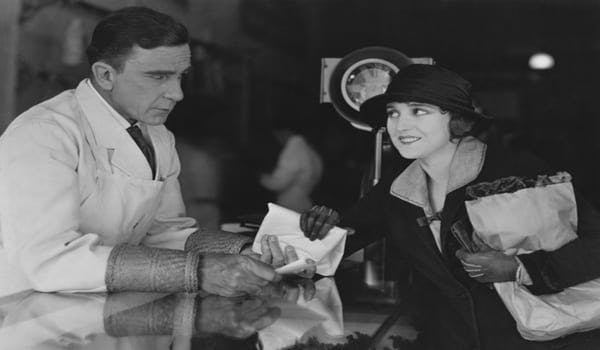It’s not rocket science – customers want to have positive experiences when interacting with your business.
And when it comes to providing feedback, an overwhelming majority of reviews are in fact positive, not negative.
Recent survey results from online review platform WOMO found that Australian consumers are not whingers – from a pool of 1,800 reviewers, in 70 per cent of cases, the reviews customers posted were positive.
On the flip side, customers were motivated to post a negative review in cases where they wanted to ‘warn’ others about dodgy operators, or to send a message to the operator about their negative experience.
Business operators who wait for negative feedback before reviewing the customer experience are leaving themselves exposed to the risk of eliciting negative online reviews, and subsequent brand damage.
“All types of reviews, including negative, should be embraced by business owners and never be ignored. You’ve been presented with an opportunity to hear honest feedback. Listen, take the thoughts on board and make it work for your business,” Fiona Adler of WOMO said.
Expedia’s Director of Customer Experience, Justin Lee, told Dynamic Business that he attributes part of the success of the travel booking website to their diligence in monitoring the customer experience.
Lee said that regardless of the size of a business, thinking like a customer, and putting oneself in their shoes is fundamental.
“Understanding the needs and expectations of your customers enables you to deliver experiences that set you apart from your competition, it’s like a point of differentiation,” Lee said.
Expedia is diligent in listening back to calls made to its service centre, as well as frequently conducting, and acting upon, customer satisfaction surveys. Lee said the insights gained in these exercises is integral to getting inside the true end-to-end customer experience.
In order to understand where a business can improve its customer service, Lee said breaking down every step of the transaction is essential to understanding the experience a customer has with a product.
“It’s about segmenting the different elements of the customer experience, and really understanding what it is that a customer is looking for, their expectations, and what do they value at those different stages of the customer journey,” Lee said.
“Understanding that [experience], ultimately, is what helps you understand loyalty and repeat purchase because you’ve been able to better deliver to the needs and expectations of your customers, more effectively than your competitors – and that will ultimately bring them back,” Lee said.

